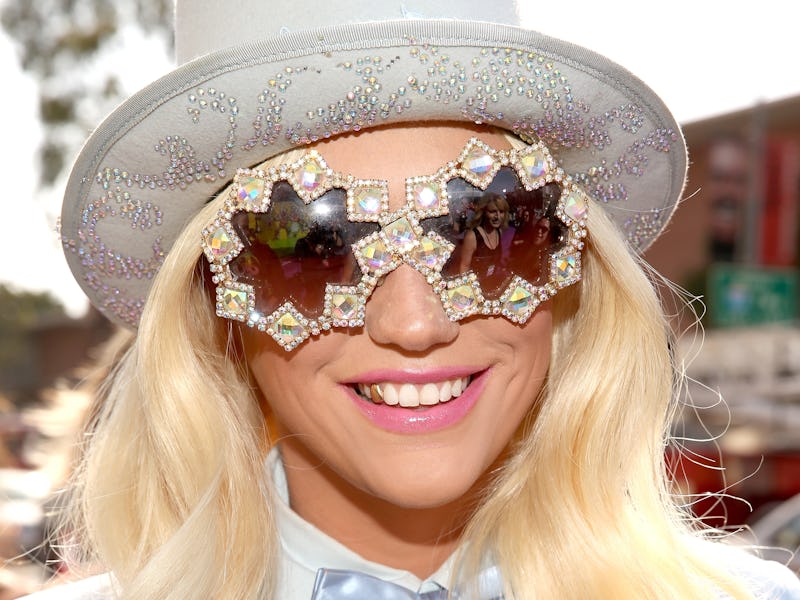Want People to Know You’re Happy? Hide Your Teeth
The key to reading emotions, it turns out, is all in the eyes.

Your teeth tell a story. Whether you’ve ever been punched in the jaw, how much coffee you drink, and maybe what you just ate (don’t worry, they look lovely). But when you take them away, what sort of story does your face tell?
When it comes to letting people know how you’re actually feeling, new research suggests that your teeth may be holding you back. According to what we know about emotional expression, the part that really matters is your eyes. But a lot of that understanding comes from scientific research that doesn’t quite cover all its bases.
A paper, published in the June edition of the American Pscyhological Association’s journal, Emotion, got to the bottom of exactly how we perceive emotional faces and where teeth factor into the equation. The scientists, based in the Complutense University of Madrid, conducted two experiments using their undergraduate students as participants.
In the first, participants had to look at a whole bunch of creepy, disembodied faces that were showing a variety of emotions, which they then had to rate in terms of intensity for one of four emotions: happiness, sadness, anger, and anxiety. But the researchers were only interested in the happy faces: half of them showed teeth, and the other half had their teeth photoshopped into a gray blur.
Participants were shown an emotionally-blank version of the same face to use as a baseline.
Their findings contradicted the entire body of probably-flawed science that the researchers had set out to test. Most of the experiments found that a smile with visible teeth expressed greater happiness than one without. But participants consistently rated the “covered teeth” faces as happier than the ones with normal teeth, and they also felt that the covered teeth condition was more prototypical, or representative of a genuine expression of happiness.
The scientists suspected that this was because the absence of teeth left participants with more time to study the faces’ eyes, which could present a more genuine display of emotion than their mouths. So they began their second experiment, which was designed to figure out what exactly the participants were looking at during the study.
Not only were the faces without teeth seen as happier than those with teeth, but they were also better-matched to the participants' idea of what a truly happy face looked like.
The participants had to look at more of the creepy, floating faces. But this time they weren’t given any instructions. They just had to look at two versions of the same smile — one with teeth and one without. As each pair of faces lingered on the screen, eye-tracking software measured where participants were looking. Previous studies showed that people are drawn to teeth when they’re visible, but no one knew how people would react to the toothless faces.
Even though the faces with blurred-out teeth look bizarre, people spent much more time looking at the eyes of those faces than they did on the unaltered smiles.
Or maybe they just looked away from the creepy Photoshop job.
With a better idea of how each physical feature affects people’s perceptions of emotional expression, this research suggests that it’s your eyes that give away your emotions. At least, that’s the case with happiness. While flashing your big, pearly whites might draw people’s attention, people who focus too much on them are going to miss a bigger part of the story. If you want to really know how people are feeling, you should look them in the eye.
Abstract: Research on facial emotion processing has offered inconclusive results on whether certain emotional expressions, like happiness, are detected faster over others. A source of discrepancy among studies could stem from differences in physically salient features (e.g. teeth visibility), which are often left uncontrolled in this field of research. In Study 1, happy faces from the Karolinska Emotional Faces Database with visible, normal teeth unexpectedly obtained lower scores on intensity and prototypicality than the same faces with covered teeth. In Study 2, an eye-tracking methodology revealed that although faces with normal teeth drew participants’ initial attention, participants spent more time looking at the eye region in faces with covered teeth, a region that previous research had found to be more informative of emotion than the mouth region. Overall, these results suggest that advantages often associated with certain emotional faces might be partially due to artifacts that should be systematically controlled in future studies.